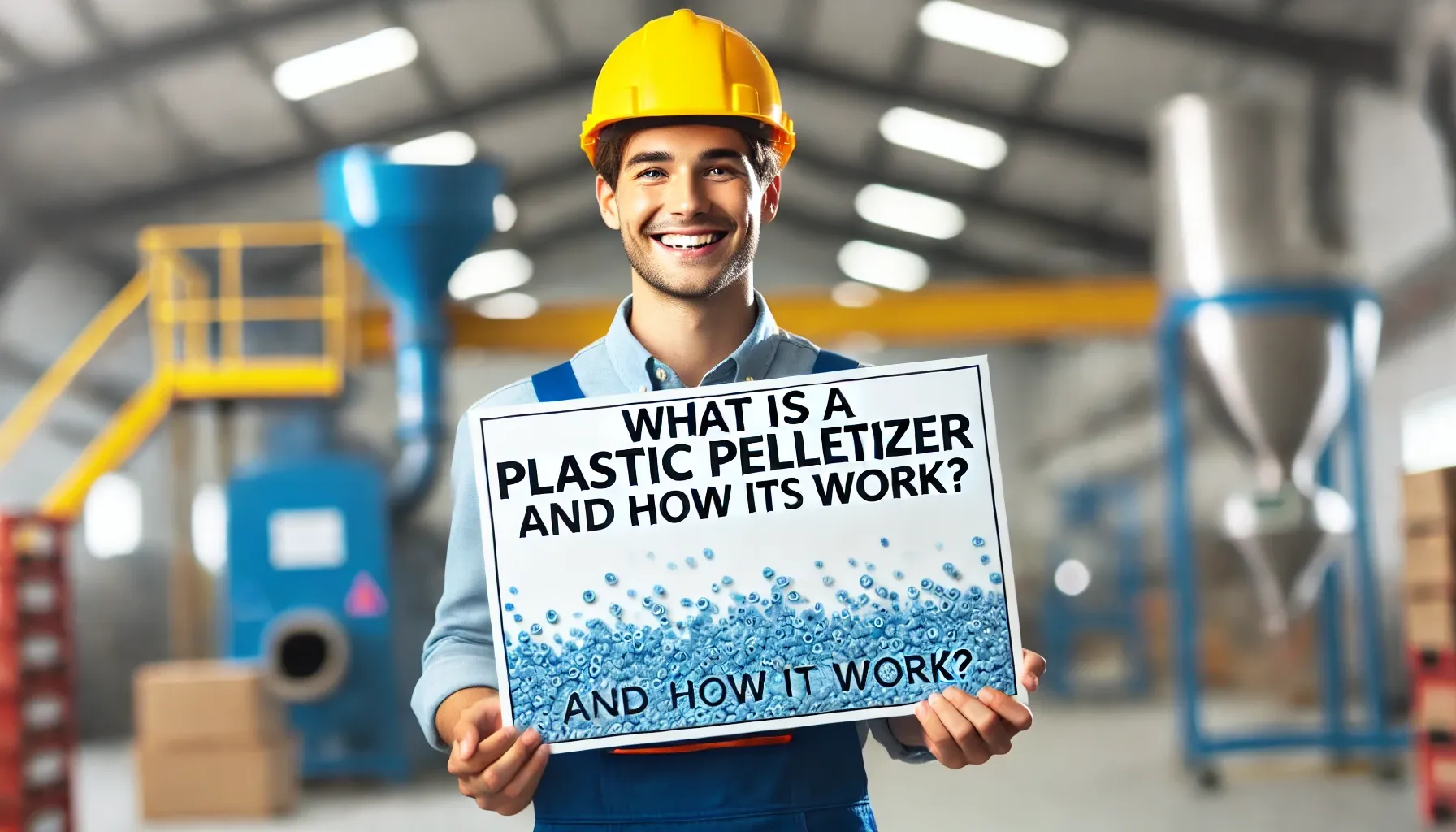Introduction to Plastic Pelletizers
A plastic pelletizer is a crucial machine in the recycling and manufacturing industries, designed to transform plastic waste into usable plastic pellets. These pellets serve as raw material for producing new plastic products, making the pelletizer a key player in promoting sustainable practices.
How Does a Plastic Pelletizer Work?
1. Feeding the Plastic Waste
The process begins with feeding plastic scraps, granules, or sometimes even virgin plastic into the pelletizer. The plastic can come from various sources, such as post-consumer waste, industrial scrap, or defective products that didn’t meet quality standards.
2. Heating and Melting
Once the plastic enters the machine, it is subjected to intense heat. The heating process melts the plastic, transforming it into a thick, molten substance. The temperature is carefully controlled to ensure the plastic melts evenly without degrading the material.
3. Extrusion Through a Die
After melting, the molten plastic is forced through a die, which is a specialized tool that shapes the material. The die is designed with specific dimensions to ensure the extruded plastic comes out in the form of thin strands.
4. Cooling the Plastic Strands
As the plastic strands exit the die, they are immediately cooled to solidify them. This cooling process is typically done using water or air. The cooled strands are now solid but still flexible enough for the next step.
5. Cutting into Pellets
Finally, the solidified plastic strands are fed into a cutting mechanism that chops them into small, uniform pellets. These pellets are the final product, ready to be used in various manufacturing processes, such as injection molding, extrusion, or blow molding.
Why Are Plastic Pelletizers Important?
Plastic pelletizers play an essential role in recycling and material reprocessing. By converting waste plastic into usable pellets, these machines help reduce environmental impact, conserve resources, and promote a circular economy. The pellets produced can be reused in manufacturing new products, effectively closing the loop on plastic waste.
Conclusion
Understanding how a plastic pelletizer works highlights its importance in both recycling and manufacturing. These machines not only help manage plastic waste but also provide a valuable resource for producing new plastic products, contributing to more sustainable industrial practices.



